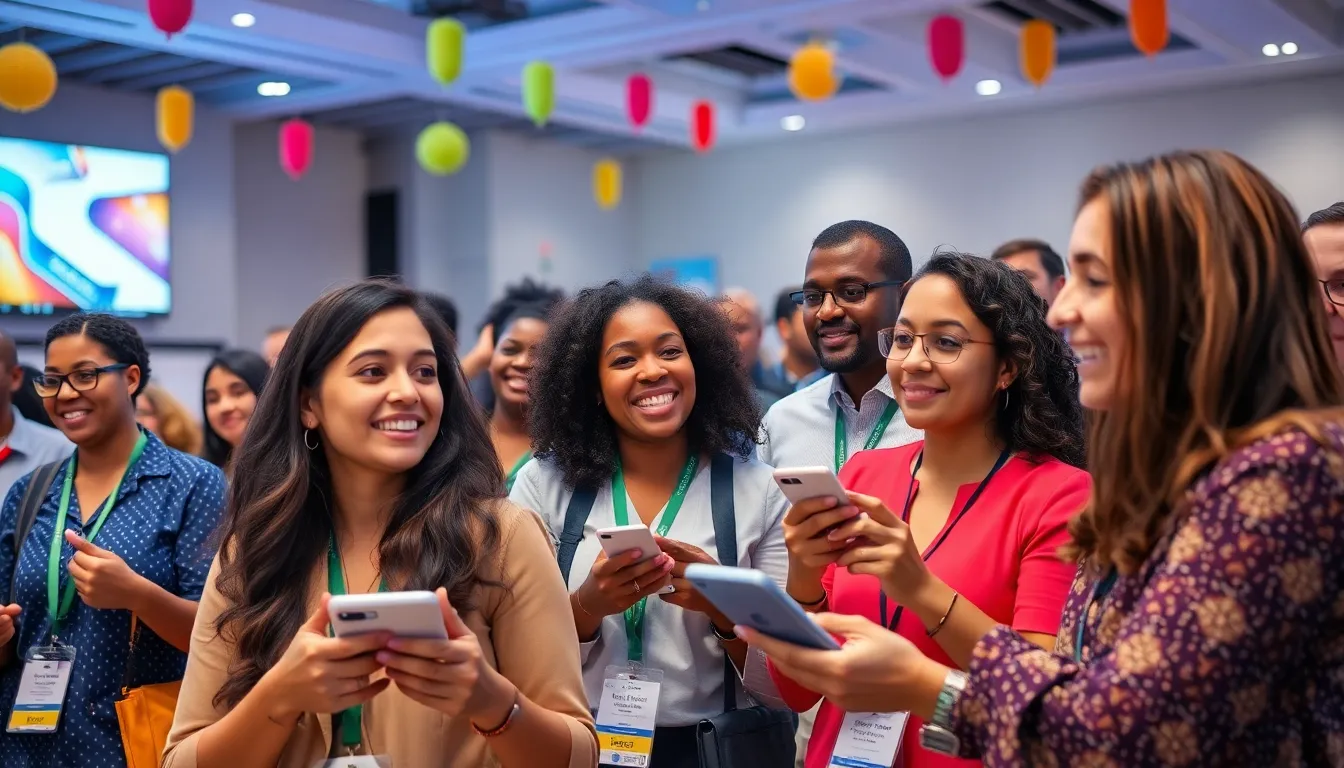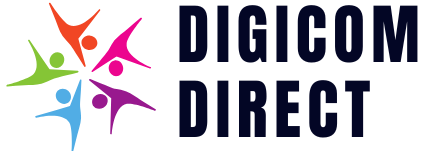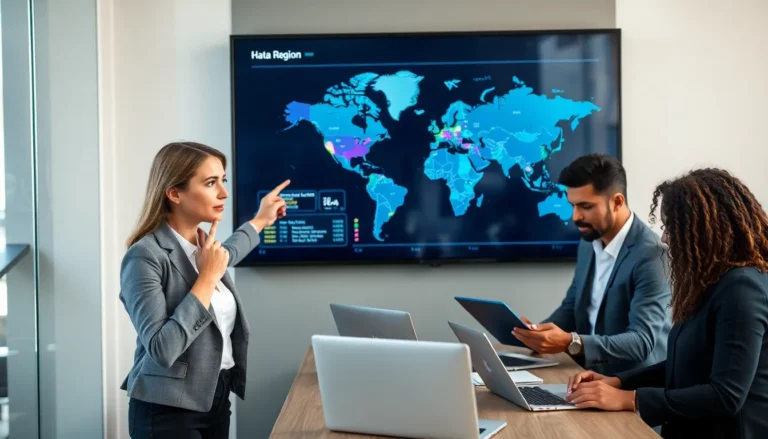In today’s fast-paced digital world, capturing attention isn’t just a challenge—it’s an Olympic sport. Live engagement tactics are the secret sauce that transforms mundane interactions into unforgettable experiences. Whether it’s a webinar that’s more riveting than a blockbuster or a live event that feels like a backstage pass to an exclusive concert, these tactics can turn passive viewers into raving fans.
Table of Contents
ToggleOverview of Live Engagement Tactics
Live engagement tactics focus on creating interactive and immersive experiences for audiences. These strategies convert passive viewers into active participants, enhancing overall satisfaction and connection. Engagement during live webinars and events can occur through various methods.
Polls and surveys enable immediate feedback and gauge audience opinions. Implementing these tools allows hosts to adapt content in real-time, ensuring relevance. Q&A sessions foster dialogue, letting participants ask questions and share insights directly. Additionally, encouraging chats during presentations nurtures community and connection amongst attendees.
Gamification techniques provide added excitement. Allowing participants to earn points or rewards boosts motivation and enhances interaction. Integrating social media can also elevate engagement levels, as audiences share their experiences and connect with broader networks.
Personalization matters significantly. Tailoring content and addressing specific audience segments strengthens the emotional connection between the presenter and the audience. Incorporating storytelling captivates participants, making messages memorable and impactful.
Lastly, follow-up activities maintain the momentum established during live events. Sending personalized messages or sharing key takeaways ensures ongoing engagement and reinforces the value of participation. These tactics, when implemented effectively, transform ordinary interactions into exceptional experiences.
Importance of Live Engagement Tactics

Live engagement tactics serve as a key component in fostering meaningful connections during events. These strategies elevate experiences and create memorable interactions.
Enhancing Audience Interaction
Audience interaction thrives through the use of live engagement tactics. Polls and surveys allow participants to share their opinions instantly, creating a dialogue. Q&A sessions enable attendees to ask questions, fostering deeper connections. Gamification elements, such as quizzes, create excitement while encouraging participation. Incorporating real-time feedback keeps the energy high and ensures content meets audience expectations. Engaging formats transform ordinary presentations into dynamic exchanges. When participants feel active, their investment in the session increases, making them more likely to remain engaged long after the event concludes.
Building Community Connection
Community connection stems from shared experiences and interactions. Live engagement tactics cultivate a sense of belonging. Attendees find value in collaborating during events, which fosters relationships with peers. Group discussions and breakout sessions enhance personal engagement, allowing participants to form connections beyond the formal agenda. Social media integration amplifies these connections, enabling attendees to share insights and engage with each other in real-time. By personalizing content based on audience feedback, facilitators reinforce the notion that every participant is valued. Ultimately, these tactics deepen the bonds among attendees and create a lasting impact on overall satisfaction.
Types of Live Engagement Tactics
Live engagement tactics encompass various methods designed to enhance audience participation during events. These strategies foster interaction, making experiences more memorable for attendees.
Social Media Live Streaming
Social media live streaming engages audiences in real-time. Platforms like Facebook, Instagram, and YouTube allow presenters to reach larger audiences instantly. While streaming, interactive features like comments and reactions keep viewers involved. This immediacy creates a sense of urgency and authenticity that encourages participation. Businesses utilize hashtags to track conversations and increase visibility. Additionally, integrating user-generated content during streams enhances community involvement.
Webinars and Live Q&A Sessions
Webinars paired with live Q&A sessions promote audience interaction. Experts lead discussions, providing valuable insights while attendees pose questions in real-time. Effective use of these sessions addresses specific audience interests. Facilitators can curate questions to maintain flow and keep discussions relevant. Over 70% of participants enjoy the chance to engage directly with speakers, illustrating the value of this tactic. Engagement increases as attendees connect with the content and share their thoughts.
Interactive Polls and Surveys
Interactive polls and surveys facilitate immediate feedback from participants. Conducting these during live events encourages attendees to voice their opinions, driving engagement. Involving the audience in decision-making fosters a sense of belonging and investment. Studies show that events employing polls see a 30% increase in participant interaction. Customizing these tools enhances relevance to the audience’s interests. Providing instant results creates a dynamic atmosphere and stimulates further discussion.
Best Practices for Effective Live Engagement
Effective live engagement relies on meticulous planning and appropriate platform selection to maximize audience interaction.
Planning and Preparation
Successful live engagements require thorough planning. Defining objectives stands as a primary focus. Outlining goals ensures clarity on desired outcomes. Audience analysis improves understanding of interests and preferences. Developing a structured agenda keeps presentations streamlined and impactful. Engaging visual aids enhance comprehension and retention of information. Testing technology before the event prevents technical glitches. Finally, promoting the event through multiple channels raises awareness and boosts attendance.
Choosing the Right Platform
Selecting the right platform for live engagement significantly influences success. Features such as engagement tools must align with event objectives. Popular platforms include Zoom, Microsoft Teams, and Facebook Live due to their interactive capabilities. User-friendliness should allow participants to easily navigate and engage. Prioritize platforms that support visual and audio quality, enhancing the overall experience. Integration with social media allows for broader reach and facilitates real-time conversations. Analyzing historical performance data aids in making informed platform choices.
Measuring Success of Live Engagement Tactics
Determining the effectiveness of live engagement tactics involves various key performance indicators (KPIs). Metrics such as audience participation rates, attendee feedback, and audience retention percentages provide insights into overall success.
Audience participation rates assess how many attendees interact during events. Using polls, surveys, and chat features allows organizers to measure engagement levels directly. Attendee feedback measures satisfaction through direct responses following the event. Collecting insights through post-event surveys or feedback forms enables organizers to understand audience perceptions accurately.
Audience retention percentages reflect how many attendees remained throughout the event. Tracking drop-off rates at different segments of the presentation highlights engagement success. High retention indicates that the content is resonating, while lower retention signals potential improvements in content delivery or pacing.
Qualitative data further enriches insights into live engagement effectiveness. Gathering testimonials or conducting focus groups enables organizers to capture personal experiences that metrics alone may miss.
After analyzing these metrics, comparing them against established benchmarks can help determine if tactics met objectives. Benchmarking against previous events or industry standards can reveal areas for growth.
Follow-up activities also measure the ongoing impact of engagement efforts. Engaging participants with follow-up materials, recordings, or discussion groups reinforces experiences and maintains connections formed during the event.
Utilizing analytics tools can streamline data collection and interpretation. Platforms equipped with built-in analytics, like Zoom or Microsoft Teams, simplify tracking participant engagement during live sessions. By harnessing these insights, organizers can refine their approach to future events, ensuring continuous improvement in live engagement tactics.
Embracing live engagement tactics is essential for creating memorable experiences that resonate with audiences. By fostering interaction and building community connections, these strategies elevate the overall impact of events. Effective planning and the right platform play pivotal roles in ensuring success, while real-time feedback and engaging formats keep participants invested.
Measuring success through key performance indicators allows organizers to refine their approaches and enhance future events. As the digital landscape evolves, the commitment to engaging audiences through innovative tactics will remain crucial. With a focus on personalization and immersive experiences, live engagements can transform ordinary interactions into extraordinary moments that leave lasting impressions.









